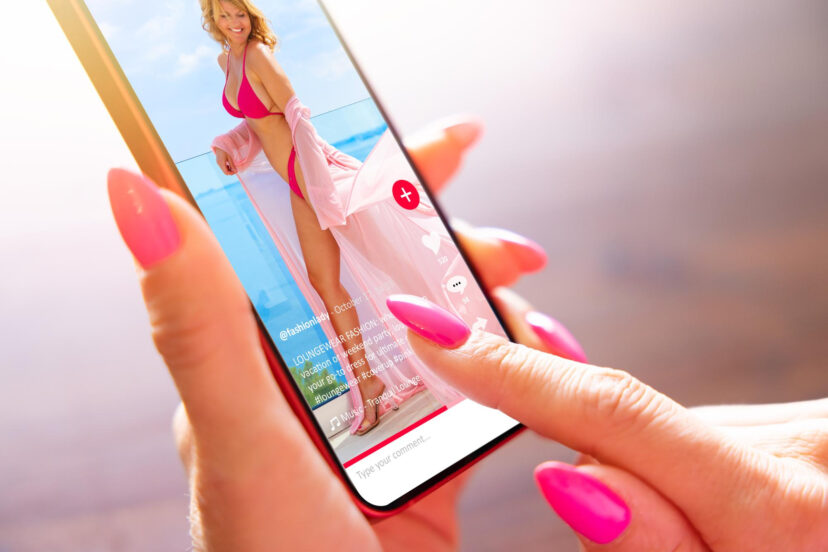Tech vs Traditional Methods
Picture this: Sarah, a busy software developer, swipes through potential matches on her smartphone while waiting for her morning coffee. Across town, Michael attends a speed dating event, hoping to make meaningful connections in person. These two scenarios perfectly capture the fascinating dichotomy of modern dating – tech vs traditional methods. As we navigate the complexities of finding love in the 21st century, a question emerges: How are these two approaches shaping the future of human connection?
The Digital Revolution in Dating
The landscape of romance has undergone a seismic shift in recent years. Remember the days when meeting someone meant chance encounters at coffee shops or introductions through friends? While these traditional methods haven’t disappeared, they’ve been joined by a technological revolution that’s reshaping how we approach relationships.
The Rise of Dating Technology
Dating apps like Tinder, Bumble, and Hinge have become household names, but they’re just the tip of the technological iceberg. Today’s dating tech encompasses sophisticated AI-driven matchmaking systems, virtual reality dating experiences, and even blockchain-based platforms ensuring authenticity in online dating. These innovations aren’t just changing how we meet potential partners; they’re fundamentally altering our expectations of the dating process.
Consider the numbers: Over 323 million people worldwide now use dating apps, with the industry projected to reach $11.5 billion by 2028. This explosive growth demonstrates how deeply technology has embedded itself in our quest for connection.
The Evolution of Traditional Methods
Meanwhile, traditional dating methods haven’t remained static. They’ve adapted and evolved, incorporating modern sensibilities while maintaining their core appeal. Speed dating events now often include themed nights catering to specific interests or professions. Social clubs have modernized their approach, using social media to organize meetups while maintaining the essence of organic, face-to-face interactions.
Comparing Tech vs Traditional Methods: A Deep Dive
The Tech Advantage
Modern dating technology offers several compelling benefits that were unimaginable just a generation ago:
Enhanced Matching Capabilities
Today’s dating algorithms go far beyond simple demographic matching. They analyze behavioral patterns, communication styles, and even linguistic nuances in profiles to suggest compatible matches. Machine learning algorithms continuously refine their understanding of user preferences, leading to increasingly accurate matches over time.
Unprecedented Accessibility
Geographic boundaries have become virtually irrelevant in the digital dating world. Someone in New York can connect with a potential partner in Paris, opening up possibilities that traditional dating methods simply cannot match. This global reach is particularly valuable for individuals in smaller communities or those with specific partner preferences.
Efficient Time Management
For busy professionals, dating technology offers the ability to screen potential matches and establish initial connections without leaving home. Video dating features, which gained tremendous popularity during the global pandemic, have become a standard tool for early-stage dating, allowing people to gauge compatibility before investing time in physical meetings.
The Traditional Touch
Traditional dating methods continue to offer unique advantages that technology struggles to replicate:
Authentic Human Connection
There’s an undeniable magic in meeting someone in person – the subtle body language, the natural flow of conversation, the chemistry that can only be felt in physical presence. Traditional methods excel at creating these genuine, unfiltered interactions that many find more meaningful than digital alternatives.
Contextual Understanding
Meeting someone through shared activities or social circles provides important context about their lifestyle, values, and character. Whether it’s through volunteer work, recreational sports leagues, or professional networking events, traditional methods offer a more holistic view of potential partners.
Reduced Digital Fatigue
With increasing concerns about screen time and digital burnout, traditional dating methods offer a refreshing break from the endless scroll of dating apps. They encourage people to be present in the moment and engage with their environment and community.
The Impact on Modern Relationships
How Technology is Reshaping Expectations
The prevalence of dating technology has created new social norms and expectations in the dating world:
- Increased emphasis on initial presentation and digital first impressions
- Higher expectations for immediate compatibility and connection
- More direct communication about relationship goals and preferences
- Greater awareness of dating options and alternatives
The Preservation of Traditional Values
Despite technological advances, certain aspects of traditional dating remain deeply valued:
- The importance of shared experiences and creating memories together
- The role of family and social networks in relationship development
- The value of face-to-face communication in building trust
- The significance of physical presence in developing emotional bonds
The Future: A Hybrid Approach
Rather than viewing tech vs traditional methods as opposing forces, the future of dating likely lies in their integration. Smart daters are increasingly adopting a hybrid approach that leverages the strengths of both methods:
Integrated Dating Strategies
- Using apps to make initial connections but quickly moving to in-person meetings
- Attending social events organized through digital platforms
- Maintaining online dating profiles while actively participating in community activities
- Utilizing technology to enhance rather than replace traditional dating experiences
The Role of Emerging Technologies
As we look to the future, new technologies continue to emerge that might bridge the gap between digital and traditional dating:
- Augmented reality (AR) dating experiences that overlay digital information onto real-world social interactions
- AI companions that coach users on improving their dating skills both online and offline
- Advanced matching systems that incorporate data from real-world interactions
- Virtual reality spaces that simulate traditional dating environments while maintaining the convenience of digital platforms
Navigating the Modern Dating Landscape
For those seeking connection in today’s world, success often lies in understanding how to effectively combine tech and traditional methods:
Best Practices for Modern Dating
- Maintain authenticity across both digital and traditional platforms
- Use technology as a tool for initial connection rather than a complete replacement for in-person interaction
- Be open to opportunities in both digital and traditional spaces
- Understand the strengths and limitations of each approach
Creating Balance
Finding the right balance between tech and traditional methods is highly personal and may require experimentation. Some people might find success with a 70-30 split favouring technology, while others might prefer the opposite ratio.
Conclusion
The debate between tech vs traditional methods in dating isn’t about choosing one over the other – it’s about understanding how both can contribute to meaningful connections. As we continue to navigate this evolving landscape, the most successful approach will likely be one that thoughtfully combines the efficiency and reach of technology with the authenticity and depth of traditional dating methods.
The future of dating isn’t about replacement; it’s about enhancement. Technology will continue to innovate and improve the way we meet potential partners, while traditional methods will adapt and preserve the irreplaceable aspects of human connection. In this dynamic environment, those who can skillfully navigate both worlds will have the best chance of finding meaningful relationships.
As we move forward, the key lies not in choosing between tech and traditional methods, but in understanding how to leverage both to create authentic, lasting connections in an increasingly digital world.




